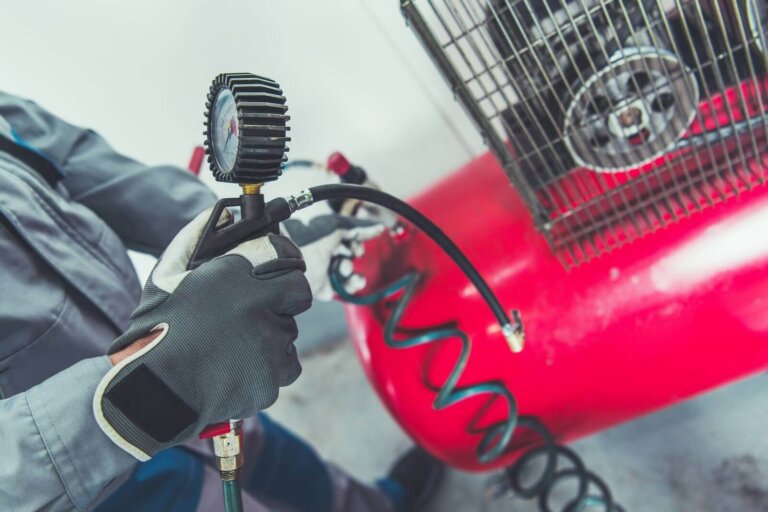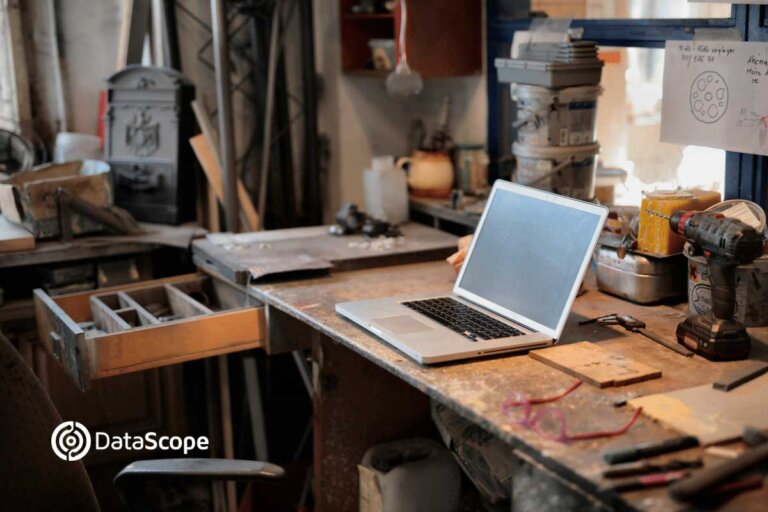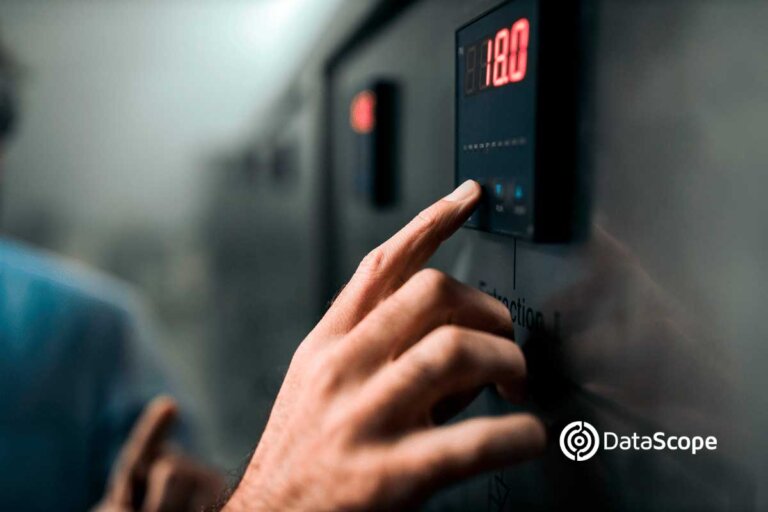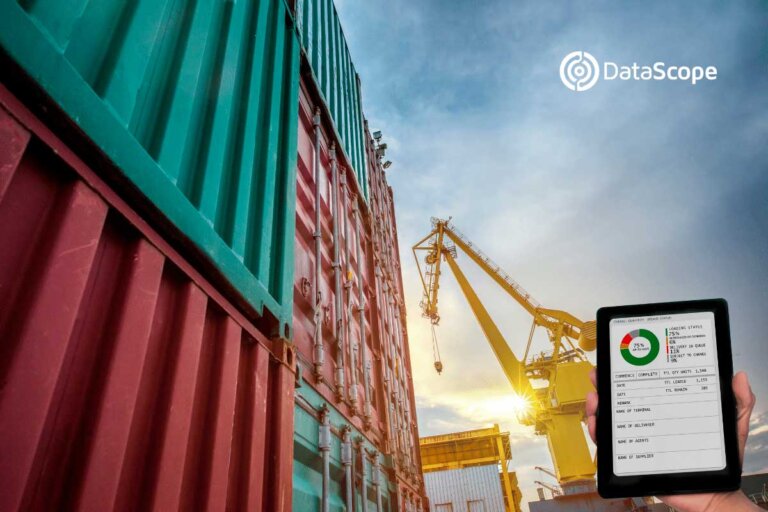Maintenance work is a key area for the optimal performance of a company. Every organization has to consider each element necessary for its production process and be responsible for knowing the behavior and performance of each one of them.
It is therefore essential to be responsible for knowing how to take care of productive resources throughout their shelf life. In the case of machines and equipment, it is necessary to have a constant concern for their operation, avoiding stoppages due to defects or breakdowns and, for this, significant maintenance work is needed.
There are many ways to perform maintenance. However, technological evolution constantly generates new perspectives, which is why work in this area has changed and it is necessary to review the trends that will shape the future.
Maintenance: key factor for the production process
That good operation of the equipment is a decisive factor for the profitability and competitiveness of any industry. However, we know that machines can fail at any time and put a company’s productivity levels at risk. Faced with this reality, the production process rests on the management and maintenance of those assets, under the logic of doing it at the lowest possible cost to always aim to increase the return on investment of those assets.
Therefore, good management means keeping all equipment running smoothly and as efficiently as possible, with the goal of minimizing production downtime and avoiding unforeseen events.
How to achieve good maintenance management?
To keep equipment working properly, maintenance work must consider knowledge of each part of it. It is vital to manage repair manuals and procedures, the spare parts involved, operation manuals, delivery times, maintenance intervals and the shelf life of any of them.
Training also plays a key role in conducting good maintenance management. By constantly acquiring more knowledge about machines and their operation, it is easier to prevent or correct equipment failures, making better decisions and avoiding interruptions in the production process.
Regardless of the type of maintenance that is decided to be carried out, it is essential to have a roadmap to carry out this task and carry out repairs on time, to have the machines working perfectly and that the least time possible is used when it comes to doing some service of this type.
Future maintenance trends
The dispute to optimize productivity levels, increasing profits and reducing costs is constant and always tends to increase. This means that maintenance-related actions are constantly evolving, since competitiveness is high.
Large companies are strongly committed to improving the maintenance management of their production resources and for that they resort to automation, incorporating more and more technological tools to make this task faster and more effective.
The focus of the work implies more digitization, more production and more competition. Therefore, the question that arises is what are companies doing in terms of maintenance? Here are four maintenance trends that companies are applying, with the aim of becoming more global and competitive.
1. Fabrication by addition
In a highly technological world, innovation is recurrent. And manufacturing by addition is a proof of this: it refers to all the techniques where material is incorporated with the aim of producing new complex and durable components.
The concept of additive manufacturing is used in industrial, professional or specialized environments. In general, it consists of adding layers of the material until the desired shape is achieved.
There is a tendency to associate the concept of 3D printing as synonymous with additive manufacturing, but they are not exactly the same. 3D printing refers to the rapid but limited manufacturing of final models or parts and is generally limited to a specific type of additive technology. Its higher popularity as a concept is due to a notable penetration among individuals, start-ups, small designers or developers. And although it is one of the most basic and simple additive technologies, it is also one of the most limited to be used on a large scale.
However, although 3D printing refers to the manufacture of limited-performance plastic or wax parts, such as decorative figures, toys, architectural models, phone cases, keyboards or remote controls, the concept points to a Fundamental resource for the manufacture of components that will replace damaged parts in a given equipment. It must be remembered that, when it comes to industrial maintenance, time is of the essence.
Therefore, the use of the additive manufacturing technique is an essential business ally and a future trend as it allows companies great savings in money and the possibility of manufacturing the necessary parts for maintenance work themselves, with the level of quality that is required.
2. Augmented reality at the service of maintenance
Technology has shown in various fields that it is possible to use virtual reality as a tool to solve problems. Proof of this is medicine, where we have witnessed unthinkable advances just a few decades ago. Operate a patient remotely? Yes, it is possible and it saves many lives.
That same logic is also a trend in the maintenance area. The on-site presence of a person is no longer required to perform this type of work. The new manuals use interactive illustrations, for example, and through augmented reality allow remote instructions to be delivered so that someone can carry out the work remotely, no matter where they are.
This technology already allows equipment suppliers to train maintenance personnel. Although it is a still emerging trend within the business context, it is already a reality. The Internet of Things (IoT) is part of that trend and there are providers that already offer solutions of this type.
Among the benefits provided is the ability to have reliable information on the best procedures for performing maintenance work. If we talk about evolutionary maintenance, this becomes a very useful tool.
3. Maintenance based in data gathering
There was a time when equipment was known to have malfunctioned only when it emitted some strange noise or simply stopped its operation. That’s where the repair process began.
However, that is in the past. Today we talk about maintenance frequently, and technology even allows to collect a series of sensitive data to carry out this process efficiently. Many times data collection is not even done manually and there is already technology that uses sophisticated algorithms and specialized systems to get all kinds of sensitive information.
As in the automotive industry, machines are connected to a series of sensors that analyze their status in real time. This allows a much more efficient work and significantly reduces maintenance costs.
The reason is that manual processes tend to be more frequent, inaccurate, and take longer to perform maintenance. On the other hand, technology provides more accurate information in a very short time. And being based on IoT, automation in data collection favors an increase in worker productivity, a decisive factor for the performance of a company.
4. Decentralized reparation equipment
The advantages of maintenance technology open up space for remote work when it comes to repairing equipment.
In terms of availability of qualified personnel to carry out the work, it allows professionals who do not need to travel to where the equipment is to submit it to a repair service.
In cases such as mining, forestry or other industries in which the company has a presence in various parts of a country or the world, technology allows repair workers to access information on the machine through the internet. In real time, they can then repair these assets effectively. This trend guarantees an optimization of expenses and access to labor, becoming an ally for companies. This without considering the savings due to travel, per diem, lodging and the time it takes to get to a machine, which in some cases can be located in extreme and remote places.
Maintenance trends for the future have a wide horizon. Its increasingly automated and accurate nature is leaving behind the time when everything was done manually, assuming the errors of that process. One of its great advantages is that it allows companies to be more self-sufficient, productive and highly competitive. And finally, regardless of the type of maintenance, predictive or preventive, all these trends are applicable, providing effective solutions to companies that adopt them.






